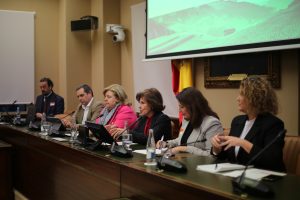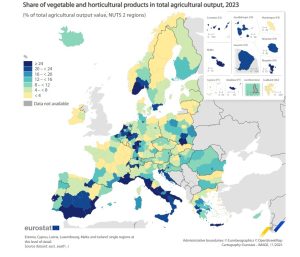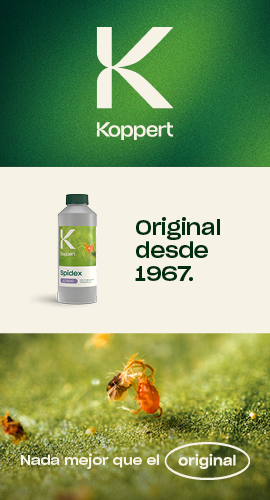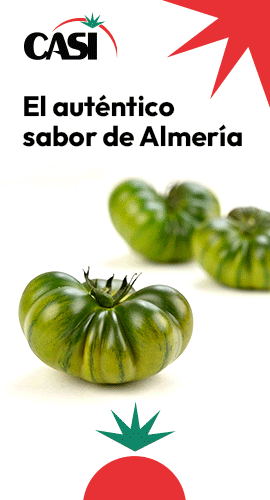This year Centro Sur (Cesurca) is coming to Fruit Attraction alongside Espárrago de Granada and Los Fresnos. It will be their first joint visit, after their third member, Los Fresnos, joined them. A fruitful union, as in addition to extending their business muscles, it allows them to carry out value-added projects such as the ones they will present at the trade fair. One, an asparagus and avocado dip they will present at the Innovation Hub Awards. The other, a line of frozen asparagus by Cesurca, which is already on the road (they started it up in Mary) and that will be officially presented in Madrid. “We are finishing the latest trials and adjustments and sending out samples,” the chairman of Cesurca, Antonio F. Zamora, advances.
The frozen line will work with 100% Spanish produce, only during the Spanish campaign. The ready-to-cook or eat products are seeing an increase in demand (due to a lack of time by consumers, lack of knowing how to cook the raw material…) and in the case of the frozen product, which is growing by +9-10% every year, a continuous important growth is forecasted. “They make life easier and reduce wastage, because 100% can be used. In our case, it is a differentiating method and also a mechanism to regulate the surplus offer at certain times,” the executive from Cesurca comments.
The premises, which are located in their installations, have seen a significant investment in renewable energies that will allow them to mitigate the surge in prices in energy bills. “Currently, we have 400kw and we are going to add another 300kw this year, which will allow us to manufacture in sunlight time in order to be able to freeze with the sun.”
Will there be food?
In this campaign, the 3 cooperatives will take an important leap in ecological produce, going from 8 to 38 ha of asparagus. In conventional, they have 1,680 ha, which should translated into around 8,300-8,500 t, weather permitting. “It is still early to make any forecasts, but the drought that we are enduring means that the plantations are suffering. If it doesn’t rain, we can expect a sizable reduction.”
In Granada, the irrigating communities have been limiting use since August, which, without any doubt, will affect the production volumes. “There is water in Spain, but it is not properly distributed.”
In the EU there is also a water shortage, and as is happening here, the cost of daily household goods is going up, which could affect sales. “If things carry on in the same line, there will be a movement in consumption and asparagus could be replaced by other products. But, will there be food next year? The water problem is more important than it seems. 2022/23 could be difficult, but we must try to even out the balance.”
In order to depend less and less on imports, the cooperatives alliance wants to extend the commercial span of Spanish asparagus by opting for crops in different regions of Spain. “In Peru, they are reducing their asparagus plantations in favour of avocados and bilberries.”
Funds and imbalance
In the middle of a context in which investment funds are opting for acquiring supermarkets and cheap food restaurant chains, Zamora underscores that “every day we have fewer partners to negotiate with. In production, there are offer integration projects, but these are not enough when they come up against the small and large distribution chains.”
Due to their know-how, for the producers, “the way ahead involves concentration, but support by the Administration is needed, motivating and assessing on a legal and economic level.”























